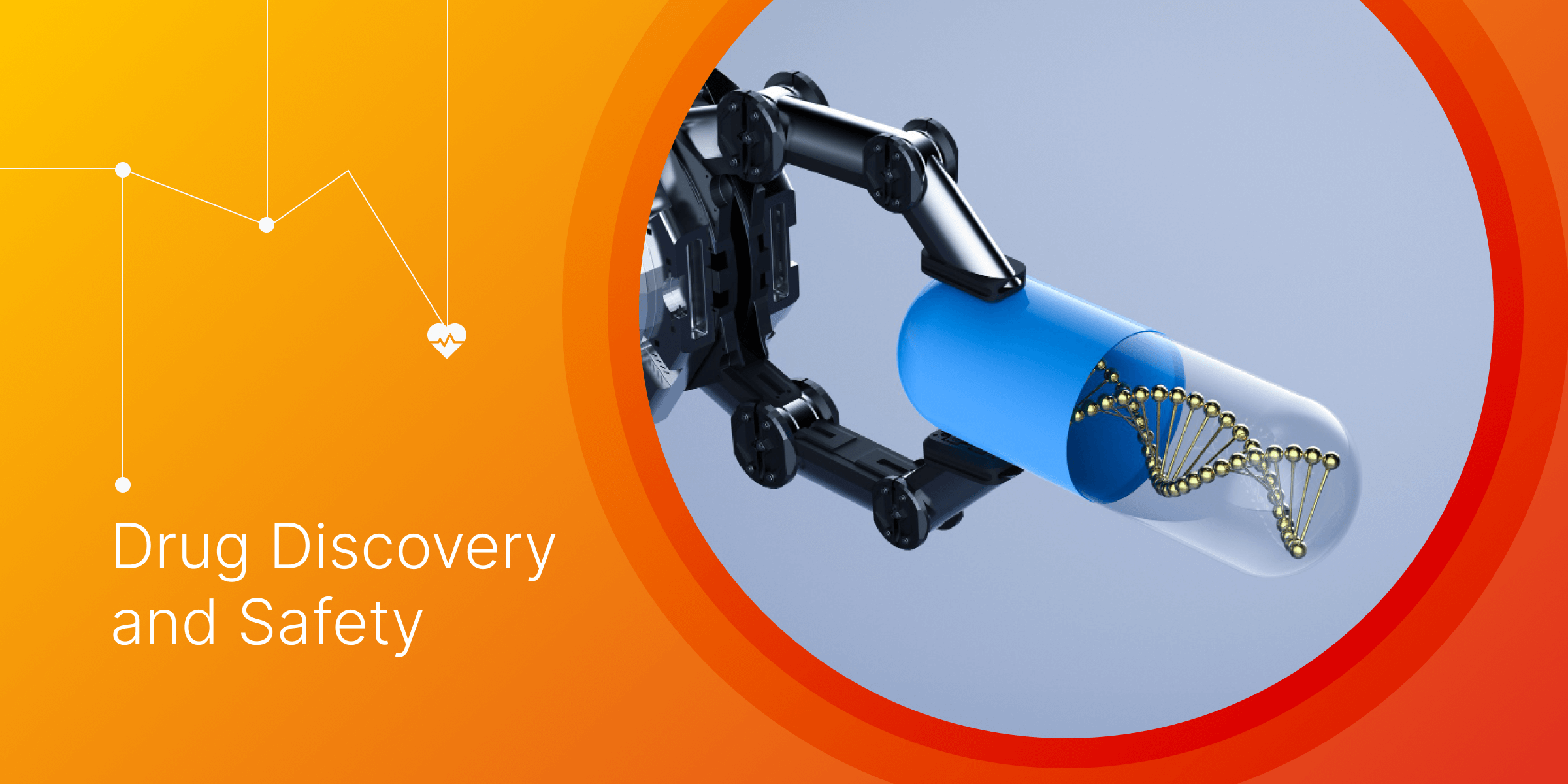
How Can GraphRAG Speed Up Drug Discovery and Safety
Drug discovery and development are notoriously expensive, time-consuming, and often fail.
For the U.S. Food and Drug Administration (FDA), the time-to-market for medication is typically around 12 years. It costs billions in investment.
Failures often come from poor target selection, unknown pharmacological effects, or choosing drug candidates that are a mismatch with clinical populations.
Even after approval, another major concern for patient safety remains: drug interactions.
Patients often take multiple medications. Pharmaceuticals need to analyse any new drug molecule’s polypharmacy side effects, drug-drug interactions, and drug synergy. Understanding how new drugs interact with existing ones is critical to patient safety, but predicting these interactions is highly complex.
Where GraphRAG Fits in Drug Discovery
Graph databases give researchers a incredibly useful way to unify and analyze drug-related data. Instead of looking at drug structures, target interactions, side effects, and clinical trial data as isolated entries in a table, a graph structures them as a network of relationships.
This network view makes it possible to query not just individual elements, but how they interact to affect drug efficacy and safety.
Some key use cases include:
- Drug-target interactions: Map how drug molecules bind to biological targets and predict new possibilities. This gives researchers a faster way to validate whether a molecule is worth pursuing, long before costly experiments.
- Side effects and safety: Connect patient records, molecular data, and known interactions to surface polypharmacy side effects or risky combinations. For developers, this means the ability to run complex queries that reveal hidden safety signals early in the pipeline.
- Drug repurposing: Compare molecular pathways across diseases to find existing drugs that could work for new conditions. This can lead to promising drug candidates that have already passed initial safety evaluations. It significantly reduces development time and cost.
Together, these use cases show how a graph approach changes the workflow. Instead of sifting through siloed datasets, developers and researchers can work with a connected model that immediately highlights the most relevant relationships. This makes graph technology not just a data management choice, but a practical driver of faster, safer, and more innovative drug discovery.
Key Algorithms
Once the data is in a graph, algorithms can uncover patterns that matter. Some common algorithms that prove useful are:
- Link Prediction: Estimate possible new drug-target interactions or a repurposed drug-disease link. For example, it can suggest that a molecule designed for one illness may also influence a pathway connected to another, giving researchers a starting point for repurposing.
- Betweenness Centrality: Identifies the importance of a biological entity based on how frequently it lies on the shortest paths between other nodes. For instance, if a specific protein connects multiple disease pathways, it becomes a promising intervention target.
- All Shortest Path: Finds every shortest route between entities across weighted relationships. This can highlight multiple biologically relevant paths linking drugs, genes, and diseases, helping researchers understand hidden mechanisms that drive outcomes.
These methods speed up the identification of viable candidates and reduce the risk of costly failures.
Graph in Action: Predicting Drug Interactions
Consider a pharmaceutical company developing a new medication. Before it can move forward, it must evaluate how the drug interacts with others that patients may already be prescribed. Traditionally, this requires years of lab work and clinical testing.
Enter ChemicalX. This specialized graph machine learning library models drug structures and interactions, allowing for:
- Predict novel drug-drug interactions.
- Identify potential synergies between compounds.
- Flag safety concerns earlier in development.

Instead of spending years on expensive lab experiments for every combination, scientists can explore these possibilities digitally. This approach significantly speeds up the drug discovery process and enhances patient safety by uncovering critical interactions much earlier.
Want the Full Picture?
Drug discovery does not have to remain a slow, expensive gamble. By modeling drugs, targets, and pathways as graphs, researchers gain a connected view of the data. Combined with GraphRAG-powered algorithms, this approach accelerates discovery, reduces risk, and improves patient outcomes.

Curious about other GraphRAG healthcare application? The guide How Graph-Powered AI Is Accelerating Discovery and Care in Healthcare and Biotech goes deeper into the technical frameworks and more use cases across healthcare and biotech.
It’s a practical resource for anyone looking to see how GraphRAG can transform patient care and accelerate discovery.